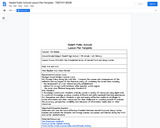
Students will research and debate the presidential terms of Gerald Ford and Jimmy Carter.
- Subject:
- American History
- Social Studies
- Material Type:
- Lesson
- Provider:
- Michigan Virtual
- Author:
- Tim Beebe
- Date Added:
- 04/26/2017

Students will research and debate the presidential terms of Gerald Ford and Jimmy Carter.
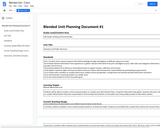
This unit includes a combination of fourth grade writing and social studies standards. It focuses on research and public discourse.

Students will watch a video of the blame scene from Titanic the musical. They will review the lyrics and make a preliminary determination about who they think is most to blame for the large loss of life on Titanic. Students will them look at the poster timeline created in Titanic 3 or they can scan their text to find examples that support their claim about who is most to blame. Finally, students will complete some online research to find evidence to support their claim. This will all be presented in a Glog on Glogster.
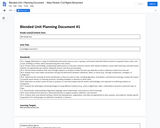
This 8th grade unit highlights main events of the Civil Rights Movement and navigates to the life of Jackie Robinson and watching the movie 42.
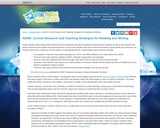
This article provides an overview of current research about attention deficit hyperactivity disorder as well as strategies to help students with ADHD with reading and writing.
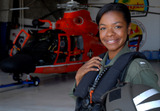
Students will research an African American person based on set questions. The students will present their person in an interview format - Guess Who.

Students will research an African American person based on set questions. The students will present their person in an interview format - Guess Who.

Students will research an African American person based on set questions. The students will present their person in an interview format - Guess Who.

Students will research an African American person based on set questions. The students will present their person in an interview format - Guess Who.

Students will research an African American person based on set questions. The students will present their person in a digital presentation format.

This Animal Needs research project helps early elementary students explore animal needs around a specific animal. The project provides students with an opportunity to demonstrate speaking/listening skills, organize and present information, and write informative texts at a developmentally appropriate level. It can be completed in a variety of ways with multiple final products: posters, sculptures (playdoh/air-dry clay), oral presentations (in class or on video), and/or research papers. Students can ask and answer questions following presentations. Students may work independently or in pairs/small groups at school or complete the project at home using books, magazines, and internet resources. Focus on local animals, native species, invasive species, or leave the choice completely open to students' interests.

Students will learn about an animal and complete a graphich organizer to show their understanding.
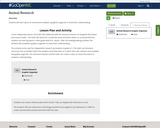
Students will learn about an animal and complete a graphich organizer to show their understanding.
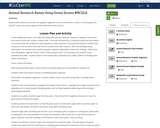
Students will research an animal, use a graphic organizer to record information, create a "Can you guess my animal?" script, and create a green screen video about their animal.
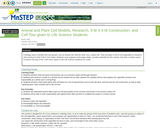
In this activity, students will work in collaborative groups to create 9M x 9M models of plant and animal cells. Class population can be split into 2 or 4 groups, with half the students constructing animal cells and the other half constructing plant cells. Students must organize and assign duties, provide materials for this activity, and write a written report. They will also give "Cell Tours" to other students and/or classroom guests.
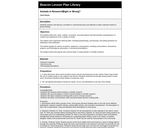
Students will research and discuss a sensitive or controversial issue and attempt to make a decision based on group findings.
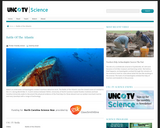
This multimedia resource, part of the NC Science Now series, describes how researchers at the UNC Coastal Studies Institute, NOAA, and East Carolina University are studying shipwrecks of North Carolina coast. Underwater archaeologists are documenting the wrecks of allied ships and German U-boats to study and preserve in photos and videos a part of the nation's history. Components of this resource include a video and a related blog article. Links to these components are provided on the page under the heading "UNC-TV Media."
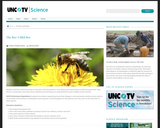
This multimedia resource, part of the NC Science Now series, describes how researcher in Research Triangle Park are working to figure out what is causing the dramatic decline in the population of honey bees and how it is threatening the world's food supply. Components of this resource include a video, a related blog article, and discussion questions. Links to these components are provided on the page under the heading "UNC-TV Media."
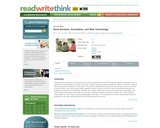
Students work in groups to read and discuss a book, keeping track of their feelings and opinions about the book, as well as facts and quotations, as they read. Students then decide which parts of their review they wish to annotate, with each student in the group responsible for one topic. Each student writes about his or her topic, including bibliographic information.
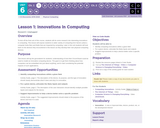
To kick off the final unit of this course, students will do some research into interesting innovations in computing. This lesson will expose students to wider variety of computing form factors (what a computer looks like) and fields that are impacted by computing. Later in this unit students will look back on the devices they encountered in this lesson as they develop their own physical computing devices.